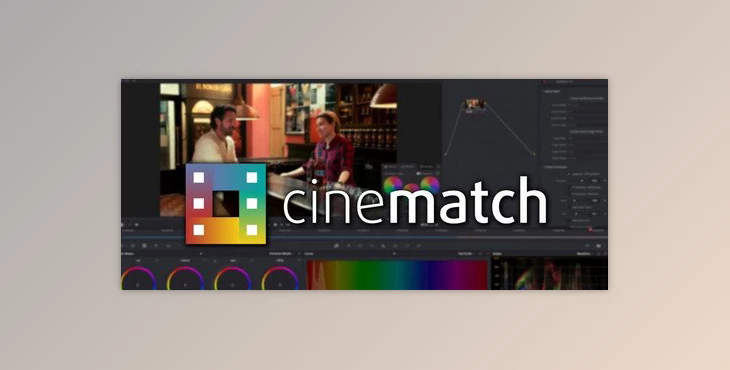
Your Color Foundation
Ironically, everyone acknowledges the hard work needed to set the footage, but no tool allows such work to be carried out in minimal time. With CineMatch, You can color correct footage in a few clicks and accurately at that!
For more information about this post, you can click on the home page link in the sidebar.
To search for similar products to CineMatch For DaVinci Resolve and Premiere Pro,
Make your Shot Look
with Cinematch's Special Technology, If you are working with multiple cameras, then Cine, in essence, allows you to work with many sources by allowing camera sensor matching. The proprietary technology integrates your sensors' analysis with the color space transform, which ensures proper match results.
Never Struggle With Color Again
In the domain of HDR color management., Using Premiere Pro or Final Cut Pro to edit videos means having Cine color management, which allows your videos to be edited seamlessly across multiple devices and monitors. To give you more options as the editor, you can choose the required color space for your project between Rec.709/Rec.2100 HLG or Rec.2100 PQ.
Adjusting Exposure and White Balance
Color Grading Hit Sung, While shooting, if you cannot set your exposure and white balance correctly, that is a non-issue owing to the controls in CineMatch. The sliding bars provided by the software are an excellent substitution for your in-camera controls therefore, you can refine any element in your image. You can easily control the white balance, exposure, temperature, and tint of your footage or set a Rec. 709 transform.
Without the texture and tint, let us now simplify this image into simple false colors.
With the False colors, you can see and use this as a sobering tool while you adjust your exposure through Image Color Adjustments or your White balances. Whether you wish to change the exposure to Middle Grey or Skinstones false colors or white balance using Temperature and Tint false colors, the controls provided would be set at the precise tone of color you wish to implement through CineMatch.
For those wishing for a particular portrayal of their footage while using a video camera, try the 3D LUTs tool. As the color transitions from being too washed out to better looking, so will the detail in the footage, making it more appealing. Many people choose not to get involved in post-production because it is tedious; this is why we suggest a LUT export, as using one on set provides clarity to the viewer rather than using it post-production, where one would spend hours solving the unnecessary hassle.
Once a CNC router is finished and all required post-production has been completed to a certain degree in regards to CAD, implementing HUE would add more depth and raise the standards of a well-completed design. Furthermore, the saturation or the lightness of a particular color can be changed with the source and target color pickers provided.
When using a digital camera, there are two particular aspects that every person must consider, the first one being what type of footage sensor is needed, and the second is who is designing the camera.
Color science works best with the peculiar matrix reproducing colors and depends solely on how well the sensor performs.
So when I take, say, Canon footage and place a CST to enable Sony color science, I am simply putting a color science paradigm of one camera on the wrong sensor. There is a need to scale the colors further by correctly mapping other metrics, like targeting, and that's the difference that exists for CineMatch.
As always, said sensors are calibrated to be identical at the time of filming; CineMatch compensates for varying color sensors across Canon cameras by standardizing all footage so one specific color appears similar regardless of which camera is in use. Once we finished aligning the colors that were recorded by the sensor, we then took the target camera color science. We reapplied it to the original sensor color that outputs what's needed in the target design.
This means that I can more than efficiently change the mega footage by using controls that closely resemble the features of the camera itself, even rendering two different angles of a single shot from two separate cameras without an issue.